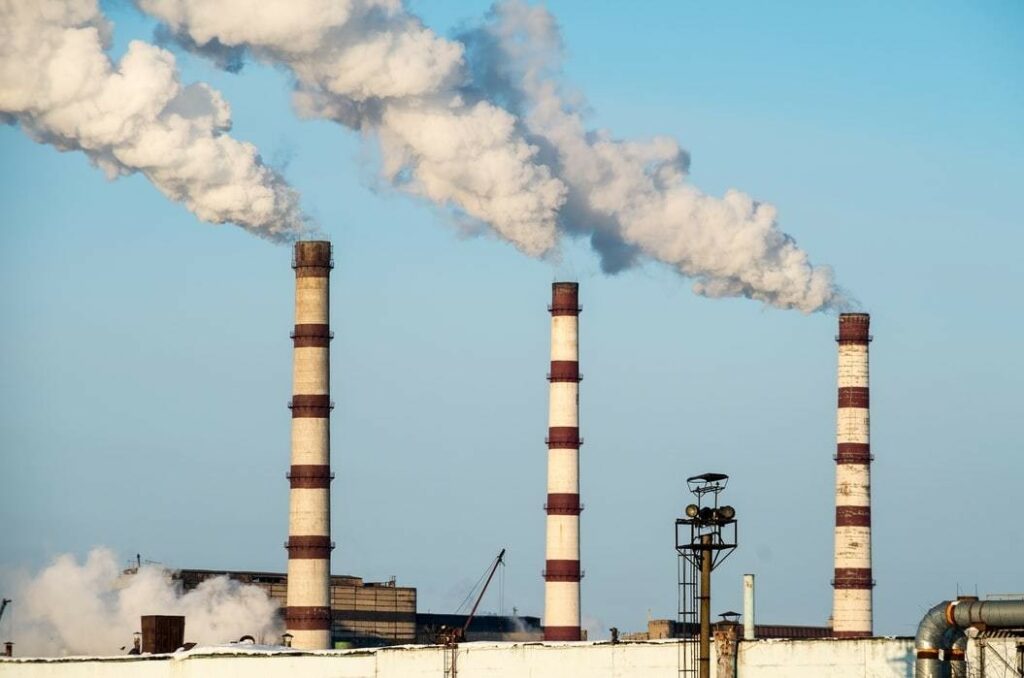At CDN we’ve had a lot to say over the years on the subject of ECS, or Equilibrium Climate Sensitivity, the mysterious number that supposedly tells us how much the world will warm from doubling CO2 in the air. For the past 40 years the standard IPCC estimate has been 3 degrees C plus or minus 1.5C. Be sure to check out our March 2020 video that explains how in recent years scientists have repeatedly found that actual temperature data indicates that ECS is much smaller, more like 1.5C or 2C, well below what the IPCC has claimed based on climate model studies. In chapter 7 of the new Clintel Report on the IPCC AR6, the Clintel authors go over the tortured reasoning employed by the IPCC to avoid admitting they were wrong. In short, the IPCC says, OK maybe we got it wrong before, but one of these days the data will change and then we’ll be right. So we’ll just skip a step and say we’ve been right all along.
The Clintel chapter begins by reviewing the IPCC’s past estimates of ECS, which were based on climate model outputs which, in turn, were based on climate modeler guesstimates. They then review the fact that, by the time of the last IPCC report, many papers had appeared estimating low ECS based on the lack of warming over the last 150 years. But rather than accept the empirical estimates, the IPCC seized upon a new paper that used observations rather than models and not only came up with the old ECS estimate of 3 degrees C again, it also raised the low end of the uncertainty range to 2.5C, on which basis they ruled out anything less than 2C as being virtually impossible.
Soon after AR6 was published, scientist Nic Lewis published a paper showing that the study the IPCC relied on used outdated data. When he brought the data up to date the ECS value once again fell, this time to about 2.2C (see our discussion of Lewis’ paper here). The Clintel chapter authors discuss Lewis’ paper, then go on to explain more about how the IPCC came up with a new fudge factor that let them ignore all the other studies that showed ECS is lower than they’ve been claiming.
The new fudge factor, as Clintel explains, is a concept they call the “pattern effect”. Despite what ill-informed politicians and activists often maintain, the direct warming effect from CO2 is quite small. To get an alarming amount of warming from it, you need to have big positive feedbacks that take a little warming and spin it up into a lot.
Several have been conjured up. And this new “pattern effect” relies on the fact that some regions of the world contribute more to positive feedbacks than others. So the IPCC speculates that those regions will warm quickly and boost the overall feedback level of the whole climate system, putting us into a positive feedback loop. Up until now, the story goes, the pattern effect has hidden the real feedbacks, meaning using temperature records from the past 150 years, aka real world data, understates the warming that will happen in the future, aka imaginary data.
We’re skeptical of this argument because, as with all these other hypothetic positive feedback mechanisms, if this “pattern effect” really exists why didn’t it kick in during past warming periods and turn into a runaway warming?
Generally speaking the Earth’s climate history looks more like a self-stabilizing system rather than an unstable catastrophe-prone fireball. It cools, then warms, then cools again, then warms again; both phenomena seem to be self-limiting rather than self-reinforcing. And indeed the Clintel team point out that the studies relied on by the IPCC to promote the pattern effect have been challenged in the scientific literature but (surprise surprise) the IPCC skip over the problems with the theory.
Armed with the pattern effect the IPCC can now claim that the evidence for low sensitivity is like totally obsolete man, and someday the warming rate will begin to catch up to what models have said it should be and then we’ll turn out to be right. And since they’re sure that day will come, they’ve already taken the victory lap.
As the Clintel team shows, there’s plenty of evidence nature has not cooperated with the IPCC and is not going to. But with 7 years or so before the next IPCC report, they have plenty of time to come up with another excuse for why their models keep getting it wrong.



I've read a lot about the ECS from many sources. From this I have the (as yet unproven) hypothesis that it does not exist. It is this: Simply speaking, the earth can be hot, pleasant or cold. CO2 does have an effect on the temperature, but it has several effects that counteract each other and depending on the state of the planet, it either cools or heats. The most prominent I know of are
1: The basic laymans 'greenhouse effect'. CO2 absorbs reflected heat from the surface and then radiates it back down (this is not how it works, but it's simple and close enough). This heats the planet
2: The lesser known convection effect: CO2 in the atmosphere (when hot) will not only radiate its heat, but also transfer it to other air molecules. This causes local heating of the air, which causes convection. As most other air molecules are lighter than CO2, they end up higher in the atmosphere due to these convection currents and there they release the heat. This COOLS the planet.
Now, when the planet is at a pleasant temperature, these effects are in balance. Hence, life evolved on this planet with its specific chemistry prefers the balanced temperature. If the ideal temperature of the planet had been 15C higher, we would have evolved to find that a pleasant temperature and we would have considered the current age quite cold.
When the planet is hot, the air is more chaotic (this is how heat is defined), which makes the convection easier and thus dominant.
When the planet is cold, the air is more stable, which makes the convection harder, so the heating effect becomes stronger.
It is likely, due to the layers of our atmosphere that the convection will stop at some layer until it gets strong enough. This can result in a seemingly stepped response (heating until the convection becomes strong enough, steady period until the current atmospheric layer becomes satisfied, heating until the convection becomes strong enough for the next layer)
An increase of CO2 in the atmosphere simply makes this effect more pronounced and thus it would create a more stable climate. This seems to be what we're observing: less extremes, less hurricanes (because the convection has already pulled most of the energy out before a storm can form), etc etc.
No need to estimate ECS. It was calculated (in 2020 I believe) by Dr. William Happer and Dr. William van Wijngaarden and found to be 1.4 degrees C.
They also calculated that IF relative humidity remained constant, and IF that had no effect on cloud formation, then the additional water vapor MIGHT cause an additional 1.4 degrees of warming.